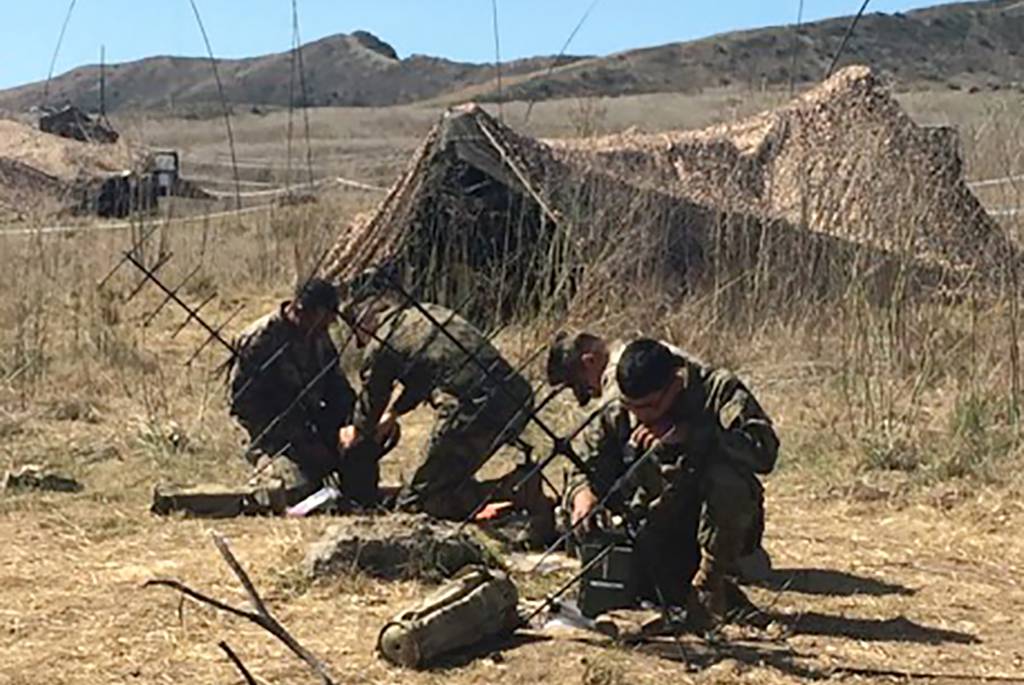The Navy’s new secure narrowband communications satellite system is ready for full operational use after passing a major development milestone.
The Mobile User Objective System (MUOS) successfully completed its months-long multiservice operational test and evaluation over the summer and has been deemed operationally effective by the Navy, meaning that it is suitable for operations and cyber survivable, the Navy announced Oct. 16. With the testing completed, the new system is ready to be used in unrestricted operation.
Developed by the Navy, MUOS provides voice, video and mission data over a narrowband network using five satellites in geosynchronous orbit. MUOS is designed to both continue and eventually replace the legacy UHF system for military narrowband communications. Lockheed Martin is the prime contractor for MUOS, while the ground system is being built by General Dynamics.
“MUOS is a game changer for our troops, providing incredible new voice and data capabilities with near global coverage from satellites that act like cell towers 22,000 miles above the Earth,” said Kay Sears, vice president and general manager of Lockheed Martin’s military space line of business. “Imagine leaping in technology from a walkie-talkie to a modern cellular phone with global reach. This is what MUOS is for our troops and its network technology will provide more than 10 times the communications capacity the legacy UHF SATCOM system can provide.”
At least one company has been able to test its own radios on the live MUOS network already. At the annual Association of the United States Army convention Oct. 14, Collins Aerospace Systems announced that it had successfully completed voice checks over the network, making it the first to do so with its own equipment.
The MUOS satellites each contain two payloads: One maintaining the legacy UHF network and a second that provides the new Wideband Code Division Multiple Access capability. While MUOS has continued to make the legacy network available, it has also slowly enabled transition to the newer, more secure system.
In July 2016, US Strategic Command approved WCDMA for Early Combatant Command use, allowing for testing, training and more. Then in July 2018 the command expanded WCDMA to all noncombat operations.
While MUOS was already being used for limited missions and training, the successful completion of the tests make it available for a wider range of missions, including in the tactical warfare environment.
“Sailors and Marines can already use MUOS in situations like humanitarian response, disaster assistance and training,” said John Pope, who leads the Navy’s Program Executive Office for Command, Control, Communications, Computers, Intelligence and Space Systems . “Now, these same advanced communications capabilities will be available in the tactical warfare environment. The advantages MUOS provides will help the warfighter compete, deter and win on the battlefield.”
Nathan Strout covers space, unmanned and intelligence systems for C4ISRNET.








